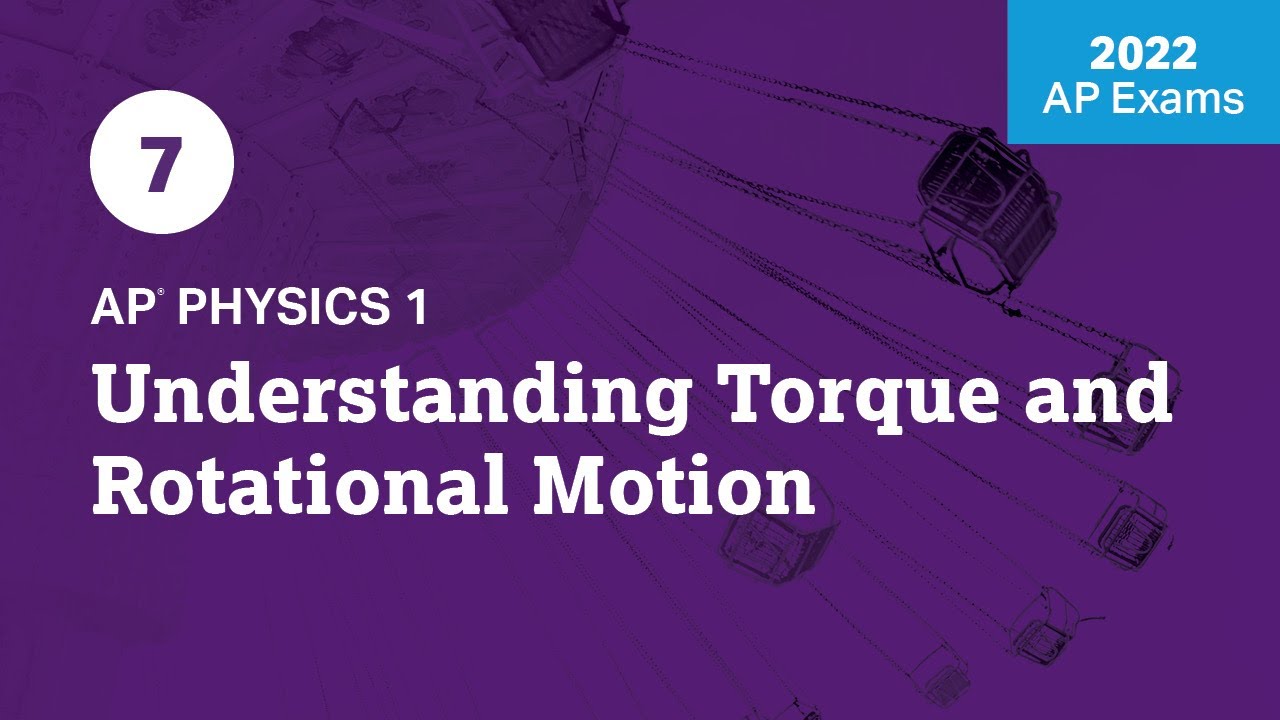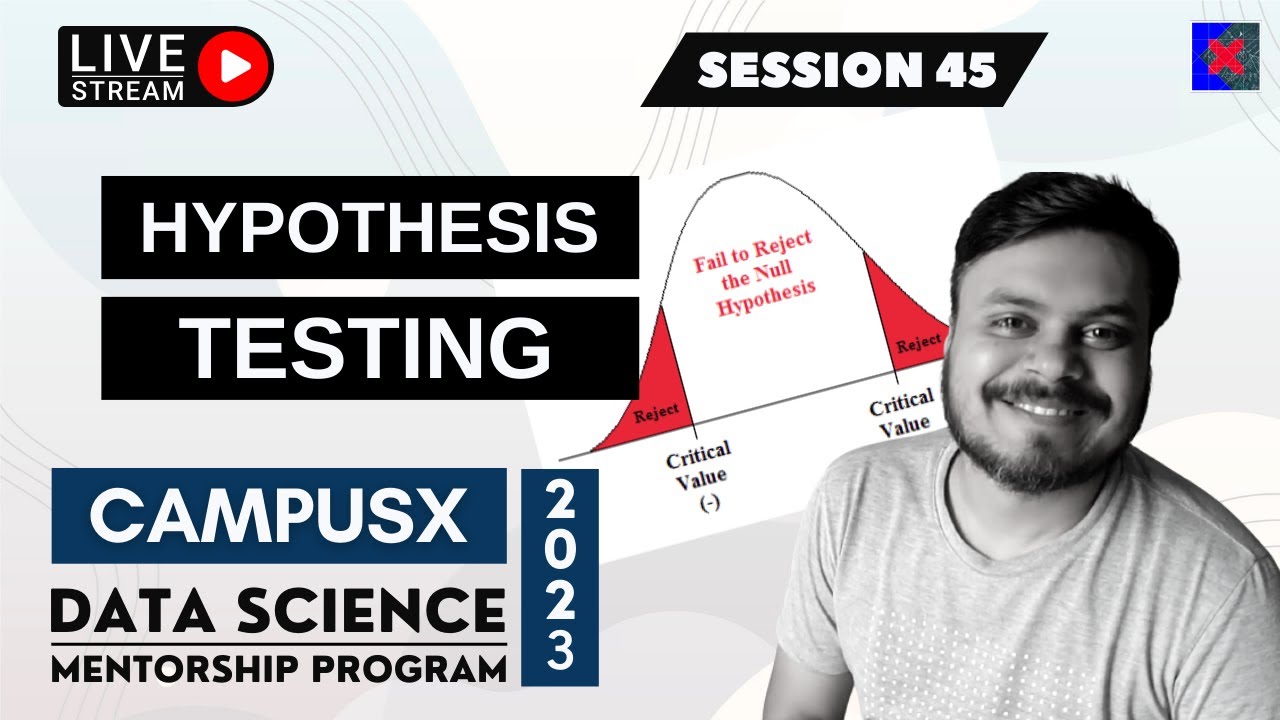Math and Physics of the Everyday
TLDRThis video explores how math and physics play crucial roles in solving crimes, from hypothesis testing to reconstructing crime scenes. It delves into real-life applications like analyzing nurse Kristen Gilbert's case, determining bicycle direction from tire tracks, and understanding traffic dynamics. The video also touches on architectural stability, baseball throws, and optimal viewing angles, highlighting Brilliant's educational content.
Takeaways
- 🔍 Hypothesis testing is used in crime solving to determine the likelihood of certain outcomes, such as the fairness of a coin based on its flips.
- 🏥 Kristen Gilbert's case involved using statistical analysis to prove that the high number of deaths during her shifts was not a coincidence, leading to her conviction.
- 🚲 Math can be used to determine the direction and size of a bicycle from its tire tracks by analyzing the tangent lines and the distance between the front and back tire tracks.
- 🚗 Traffic engineering involves complex analysis, including the study of traffic flow, single vehicle dynamics, and the impact of events like a fallen tree on traffic jams.
- 🌳 The propagation of a traffic jam can extend far beyond the initial cause, with the length and time to clear depending on factors like the flow rate and reaction time of drivers.
- 🏙️ Skyscrapers are designed to withstand forces like wind and earthquakes by having a low center of mass and using techniques like tuned mass dampers or slosh tanks.
- 📚 The shape of a catenary curve is used in architecture for arches due to its distribution of forces, and the inverted shape is known as a catenary.
- 🚽 Manhole covers are round because they cannot fall through in any orientation, and the reloj triangle is another shape that can achieve this.
- ⚾ The optimal angle for throwing a baseball to maximize distance depends on the height of the release point, typically being around 42 degrees for higher release points.
- 🗽 The optimal viewing distance for a statue like the Statue of Liberty is calculated using the geometric mean of the distances from the ground to the bottom and top of the statue.
Q & A
What is hypothesis testing used for in the context of the video?
-Hypothesis testing is used to determine the odds of a hypothesis being true, such as the fairness of a coin based on the outcomes of a certain number of flips. It helps in statistical analysis to assess the likelihood of certain events occurring by chance.
Why was Kristen Gilbert suspected of inducing cardiac arrest in her patients?
-Kristen Gilbert was suspected because of the unusually high number of deaths that occurred while she was on duty compared to when she was not at the hospital. This discrepancy raised suspicions that she might be inducing cardiac arrests to then 'save' the patients and appear as a hero.
How did the statistician help in the case against Kristen Gilbert?
-The statistician used hypothesis testing to determine that there was less than a one in a hundred million chance that the number of deaths on Kristen's watch occurred by chance alone, suggesting a strong likelihood of foul play.
How can you determine the direction of a bicycle's travel from its tire tracks?
-By analyzing the tangent line to the back tire's tracks and how it intersects with the front tire's tracks. The tangent line should always intersect the front tire's tracks, indicating the direction of motion.
What is the significance of the length of the tangent line from the back tire to the front tire?
-The length of the tangent line represents the distance from the back tire to the front tire, which remains constant as the bike moves. This helps in determining the direction of the bike's travel and its size.
How does the falling of a tree on a one-lane road affect traffic flow?
-The falling tree creates a blockage, causing cars to build up in a traffic jam. Once the tree is removed, the traffic jam propagates backwards as cars react to the clearance, affecting traffic far from the initial point of blockage.
What is the leading edge propagation speed in the context of traffic jams?
-The leading edge propagation speed refers to the rate at which the front of a traffic jam moves backwards as cars react to the clearance of an obstruction, such as a fallen tree.
How do skyscrapers manage to stand tall despite the potential for instability due to height?
-Skyscrapers are designed with a low center of mass, often below the ground level, and use support beams driven into dense concrete. Techniques like tuned mass dampers and slosh tanks are also used to reduce vibrations and stabilize the structure.
Why are manhole covers typically round?
-Manhole covers are round because this shape ensures that they cannot fall through the opening no matter how they are oriented, unlike other shapes.
What is the optimal angle for throwing a baseball to achieve maximum distance?
-The optimal angle for throwing a baseball is not necessarily 45 degrees. It depends on the height from which the ball is thrown, with the optimal angle decreasing as the release height increases, typically around 42 degrees for higher throws.
What is the geometric mean and how is it used to determine the optimal viewing distance for a statue?
-The geometric mean is the square root of the product of two numbers. In the context of viewing a statue, it is used to calculate the optimal distance where the angle between the viewer and the bottom/top of the statue is maximized, providing the best viewing angle.
Outlines
🔍 Crime Solving with Math and Statistics
This paragraph discusses how mathematics, physics, and statistics play a crucial role in solving crimes. It highlights the use of hypothesis testing to determine the likelihood of a hypothesis being true, such as the fairness of a coin based on its flip outcomes. The example of Kristen Gilbert, a nurse who was convicted using statistical analysis, is used to illustrate how the number of deaths during her shifts compared to other times provided evidence of her criminal activity. The paragraph also touches on the application of math in crime scene analysis, such as determining the direction and size of a bicycle from its tracks.
🚦 Traffic Analysis and Building Stability
This paragraph delves into the complexities of traffic engineering and how a single event, like a fallen tree, can cause significant traffic disruptions. It explains how the flow rate and reaction times of drivers can impact the propagation of traffic jams. The discussion then shifts to the structural stability of buildings, particularly skyscrapers, and how their design mitigates the risk of toppling. Techniques such as using tuned mass dampers and slosh tanks are mentioned to reduce vibrations and enhance stability. The paragraph concludes with a brief mention of the catenary curve and its application in architecture, as well as the optimal viewing distance for statues.
🏙️ Architectural and Physical Insights
This paragraph explores various architectural and physical phenomena, starting with the explanation of why manhole covers are round and the introduction of the reloj triangle as an alternative shape that prevents falling through. It then discusses the optimal angle for throwing a baseball to achieve maximum distance, which is not 45 degrees as commonly believed. The concept of the geometric mean is used to determine the optimal viewing distance for statues, with the Statue of Liberty as an example. The paragraph concludes with a mention of the Coriolis effect and its relevance in collision reconstruction, inviting viewers to explore these topics further on Brilliant, the sponsor of the video.
Mindmap
Keywords
💡Hypothesis Testing
💡Statistician
💡Cardiac Arrest
💡Tangent Line
💡Traffic Engineering
💡Leading Edge Propagation Speed
💡Tuned Mass Damper
💡Slosh Tanks
💡Catenary
💡Optimal Viewing Distance
💡Coriolis Effect
Highlights
Solving crime involves more math, physics, and statistics than commonly realized.
Hypothesis testing is used to determine the odds of a hypothesis being true, such as the fairness of a coin based on flip outcomes.
The chance of a fair coin landing heads ten times in a row is about one in a thousand.
Kristen Gilbert's case used statistical analysis to determine the likelihood of deaths occurring on her watch, leading to her conviction.
Analyzing bike tracks can determine the direction of travel and the size of the bike.
The tangent line to the back tire's tracks can intersect the front tire's tracks, indicating the direction of bike travel.
Traffic engineering involves complex analysis, including single vehicle dynamics and the Hamilton-Jacobi partial differential equation.
A single event, like a tree falling on a road, can cause significant traffic jams that propagate far from the incident.
The leading edge propagation speed of a traffic jam can be calculated based on the flow rate and reaction time of drivers.
Skyscrapers use techniques like tuned mass dampers and slosh tanks to reduce vibrations and prevent collapse.
The center of mass of a building is often below ground level, which helps stabilize tall structures.
Catenary curves are used in architecture for arches due to their force distribution properties.
Manhole covers are round because they can't fall through any orientation, and reloj triangles can also achieve this.
The optimal angle for throwing a baseball to maximize distance depends on the release height and is less than 45 degrees.
The optimal viewing distance for a statue is calculated using the geometric mean of the distances from the ground to the base and top of the statue.
Brilliant.org offers courses that reveal the practical applications of math and physics in everyday life.
Transcripts
Browse More Related Video

Null and Alternate Hypothesis - Statistical Hypothesis Testing - Statistics Course

Elementary Statistics Lesson #23A

Tutorial 1- What Is Statistics And What Are Its Types In Hindi?

2022 Live Review 7 | AP Physics 1 | Understanding Torque and Rotational Motion

Session 45 - Hypothesis Testing Part 1 | DSMP 2023

2.2 Kinematics in One Dimension | General Physics
5.0 / 5 (0 votes)
Thanks for rating: